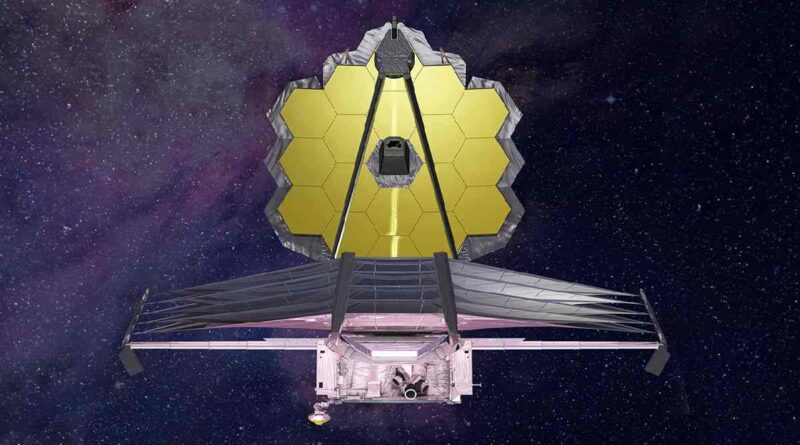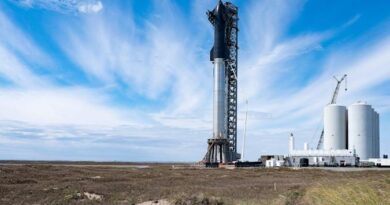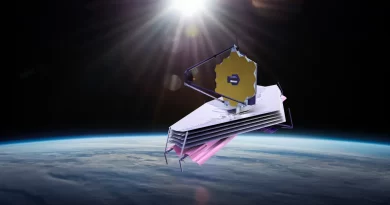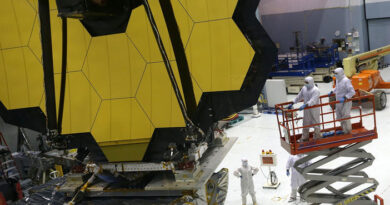NASA’s James Webb telescope gets hit by a micrometeoroid
Astronomers around the world have great hopes for the NASA James Webb telescope. He is supposed to give us an overview of the first stars and galaxies that have ever formed and in the atmospheres of potentially habitable exoplanets. This is why NASA and its partners had designed it to be able to resist severe situations, such as being bombed by microMétoroids flying at extremely high speeds. Between May 23 and May 25, a larger than expected micro -meteroid hit one of the main mirror segments on the telescope. The event was significant enough for NASA to pick up a “marginally detectable effect in the data”, but not enough to affect the performance of the telescope.
In NASA’s announcement, he said that James Webb’s team has carried out an initial analysis and found that it always occurs at a level that “exceeds all the requirements of the mission”. The space agency explained that its engineers relied on simulations and had real test impacts on mirror samples when it built the telescope to ensure that it was adequately fortified. For example, the flight teams of the telescope can make maneuvers to divert its optics from known meteor showers. The recent impact she suffered was classified as an inevitable event of luck, however, and the micro -meter was greater than what the engineers could have tested on the ground.
ADVERTISING
The good news is that James Webb has the capacity to adjust the positions of the mirrors in order to correct and minimize impact results like this. Its engineers have already made the first of several adjustments to compensate for damage to the affected segment. The agency also trained a team of engineers to examine the means to alleviate the effects of this scale in the future. Seeing that James Webb is supposed to be the replacement of Hubble and should provide us with invaluable data over the next 10 years – or 20, if everything is going well – NASA, the European space agency and the Canadian space agency will do very Probably he best can protect the space telescope.




